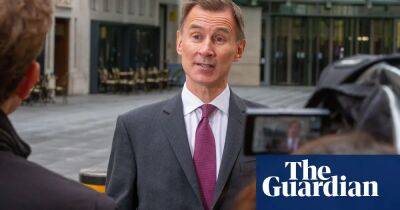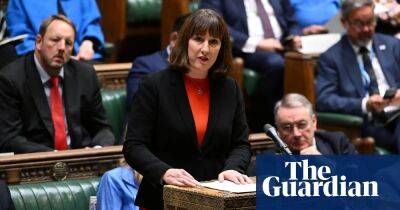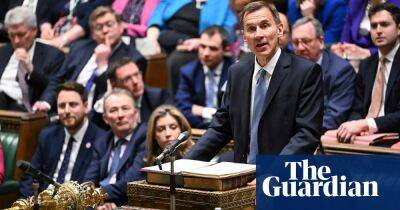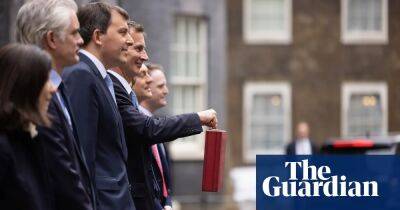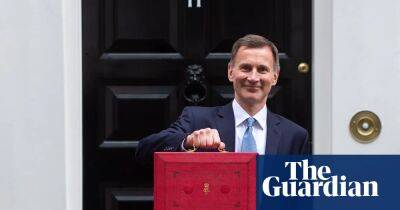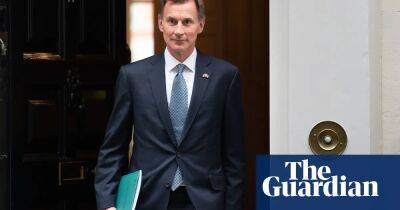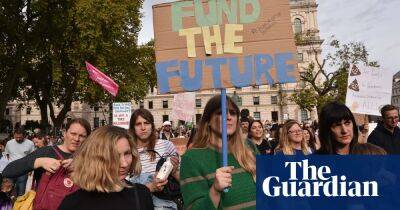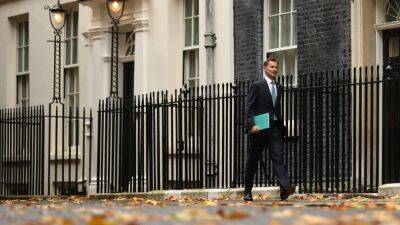Hunt’s budget aims to push people back to work just as the jobs market weakens
The last set of labour market figures before the budget provides a stark illustration of the challenges facing Jeremy Hunt, though they are different from those usually associated with a stagnant economy.
There was a time when the absence of growth for an entire year would have led to sharply rising unemployment. During the recessions of the early 1980s and 90s the jobless total was more than 3 million while the jobless rate rose to more than 10% – three times its current level of 3.7%. Increasing labour supply was not a priority for the Thatcher and Major governments of the time.
Hunt, however, is grappling with problems that would normally be associated with a booming economy rather than a struggling one. Employment is rising, job vacancies are high and nominal pay growth is strong.
As a result, the budget will include measures designed to increase employment, on the grounds that the labour force is still almost half a million smaller than it was before the Covid pandemic and there are plenty of people who would work given the chance.
Tony Wilson, the director of the Institute for Employment Studies thinktank, says in addition to the 1.3 million officially classified as unemployed there are 1.7 million who would take a job but need help to get one. However, he has severe doubts about whether the expected budget measures are the right ones.
“The government has suggested that we will see new investment tomorrow in employment support for those out of work due to long-term ill health, but those who don’t take part could see their benefits reduce,” Wilson says. “This is being described as a ‘nudge’ but it’s more of a shove, and would be destined to fail.”
Labour supply is likely to increase regardless of the budget because the
Read more on theguardian.com

